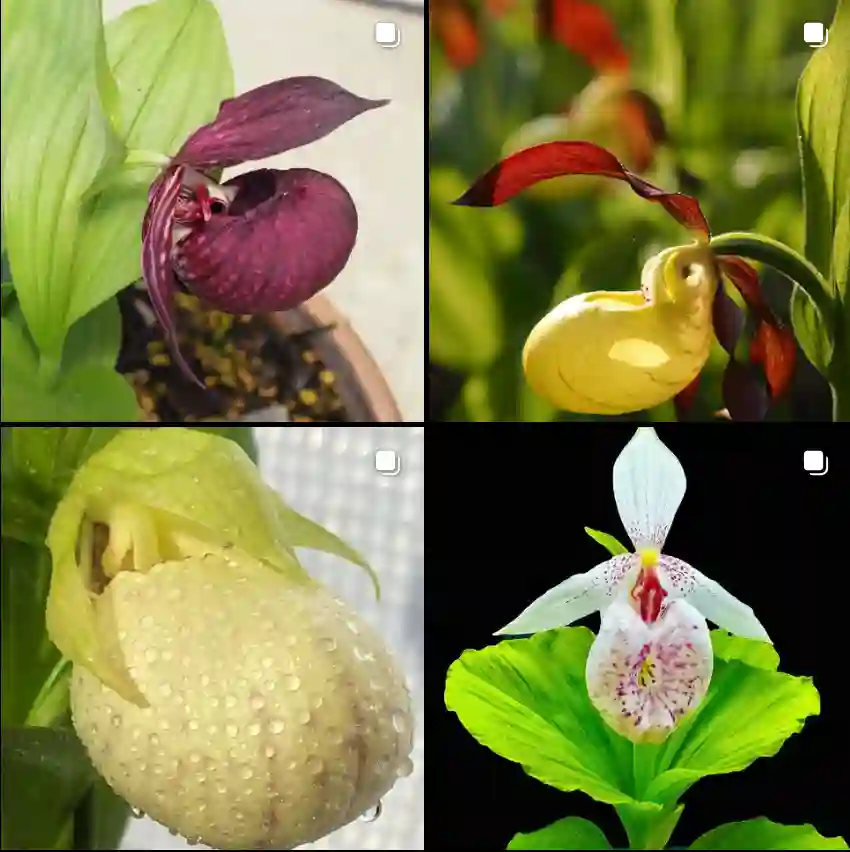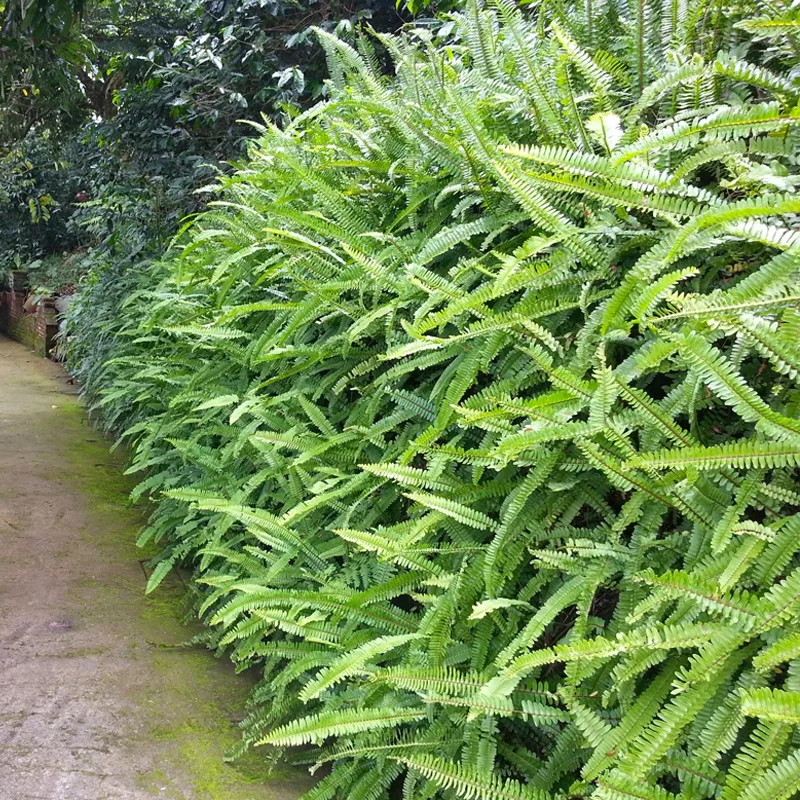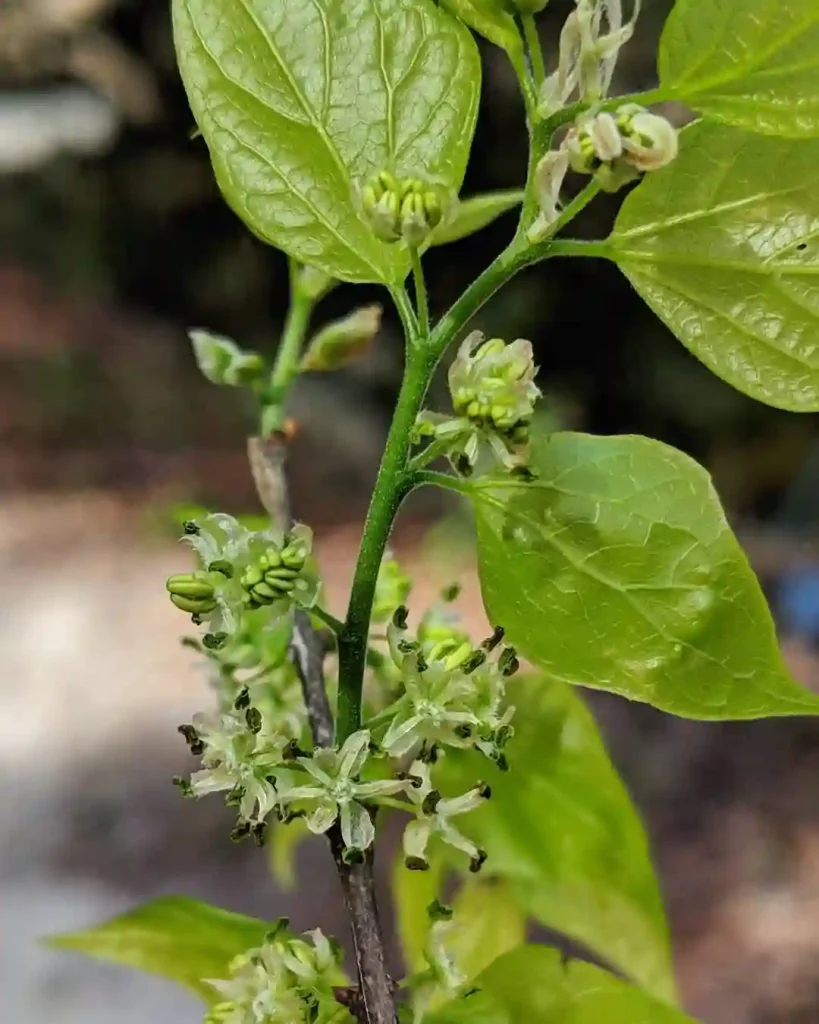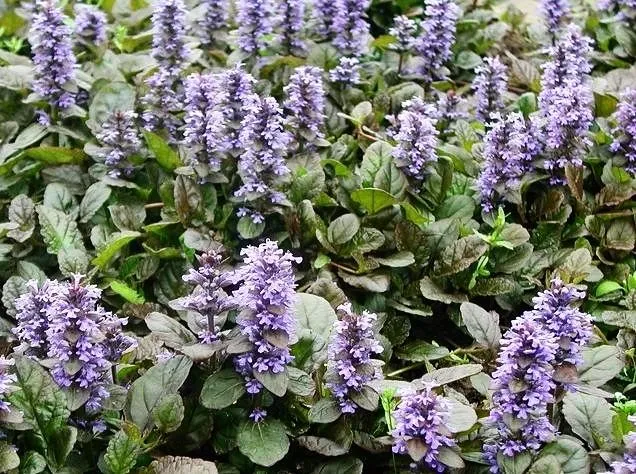FAQs About Scaevola Taccada
Scaevola Taccada, often referred to as the Beach Berry or Scaevola, is a versatile and hardy plant that’s popular for its lush foliage and vibrant flowers. As a fan of unique and adaptable plants, I’ve dived into the common questions about this tropical beauty to give you a comprehensive guide. Here’s everything you need to know about Scaevola Taccada.
117 Species in Genus Scaevola
What Is Scaevola Taccada?
Scaevola Taccada is a tropical shrub native to coastal regions of the Indian and Pacific Oceans. Known for its fan-shaped flowers, this plant is commonly found in beachside gardens and tropical landscapes. It thrives in sandy soils and salty air, making it perfect for seaside environments. The plant produces clusters of white or pale purple flowers that attract bees and butterflies, adding a splash of color to any garden.
How to Care for Scaevola Taccada?
Caring for Scaevola Taccada is relatively straightforward. Here are some key points to keep in mind:
- Sunlight: Scaevola Taccada thrives in full sun to partial shade. It loves bright, direct sunlight but can tolerate some shade, especially in hotter climates.
- Watering: While the plant is drought-tolerant, regular watering helps it stay lush and vibrant. Ensure the soil drains well to prevent waterlogging.
- Soil: It prefers well-draining sandy or loamy soil. If you’re growing it in a container, use a mix designed for tropical plants.
- Fertilizing: Feed Scaevola Taccada with a balanced, all-purpose fertilizer during the growing season. This encourages healthy growth and prolific flowering.
How to Propagate Scaevola Taccada?
Propagating Scaevola Taccada is an easy process. You can grow new plants from seeds or cuttings:
- From Seeds: Sow seeds in a well-draining potting mix. Keep the soil moist and warm until germination, which usually takes a few weeks.
- From Cuttings: Take semi-hardwood cuttings in late summer or early fall. Dip the cut end in rooting hormone and plant it in a mix of sand and peat. Keep the soil moist and the cuttings in a warm, bright location.
What to Plant With Scaevola Taccada?
Scaevola Taccada pairs well with other coastal and tropical plants. Consider combining it with:
- Beach Morning Glory (Ipomoea pes-caprae): This ground cover complements Scaevola Taccada’s beachy vibe with its spreading habit and vibrant blooms.
- Lantana (Lantana camara): Another hardy plant that attracts butterflies, Lantana provides a colorful contrast to Scaevola’s flowers.
- Pentas (Pentas lanceolata): With its bright, star-shaped flowers, Pentas adds a splash of color and attracts pollinators.
Can You Grow Scaevola Taccada Indoors?
While Scaevola Taccada is primarily an outdoor plant, it can be grown indoors if you provide the right conditions. Ensure it gets plenty of bright, indirect sunlight, and keep the indoor environment warm and humid. A south-facing window or grow lights can help simulate the conditions it loves.
Is Scaevola Taccada Toxic?
Scaevola Taccada is not known to be toxic to humans or pets. However, as with many plants, it’s a good idea to keep it out of reach of small children and pets, as ingestion of large amounts of any plant material could potentially cause digestive upset.
Benefits of Scaevola Taccada
Scaevola Taccada offers several benefits:
- Low Maintenance: Its drought tolerance and resilience make it a low-maintenance choice for coastal gardens.
- Attracts Pollinators: The plant’s vibrant flowers attract bees, butterflies, and other beneficial insects.
- Erosion Control: Its spreading habit helps stabilize sandy soils and prevent erosion in coastal areas.
Common Problems with Scaevola Taccada
While Scaevola Taccada is generally hardy, it can face a few issues:
- Pests: Watch out for aphids and spider mites, especially in dry conditions. Regular inspection and appropriate pest control measures can keep these at bay.
- Diseases: Overwatering can lead to root rot. Ensure good drainage and avoid waterlogging to prevent fungal infections.
- Sunburn: In extremely hot climates, the plant might suffer from sunburn. Provide some shade during the hottest part of the day if necessary.
Scaevola Taccada vs Plumeria
Scaevola Taccada and Plumeria (Frangipani) are both tropical plants but have distinct differences:
- Appearance: Scaevola Taccada has fan-shaped flowers and a spreading growth habit, while Plumeria features larger, more fragrant flowers in a range of colors.
- Growth Conditions: Both thrive in warm climates, but Plumeria requires well-drained soil and more protection from cold temperatures.
- Uses: Scaevola Taccada is ideal for coastal gardens and erosion control, while Plumeria is often used for its ornamental flowers and fragrance in garden landscapes.
By understanding these aspects of Scaevola Taccada, you can make the most of this beautiful and resilient plant in your garden. Whether you’re comparing it to other tropical beauties or just looking to add a splash of color to your space, Scaevola Taccada is a fantastic choice.
If i die, water my plants!



